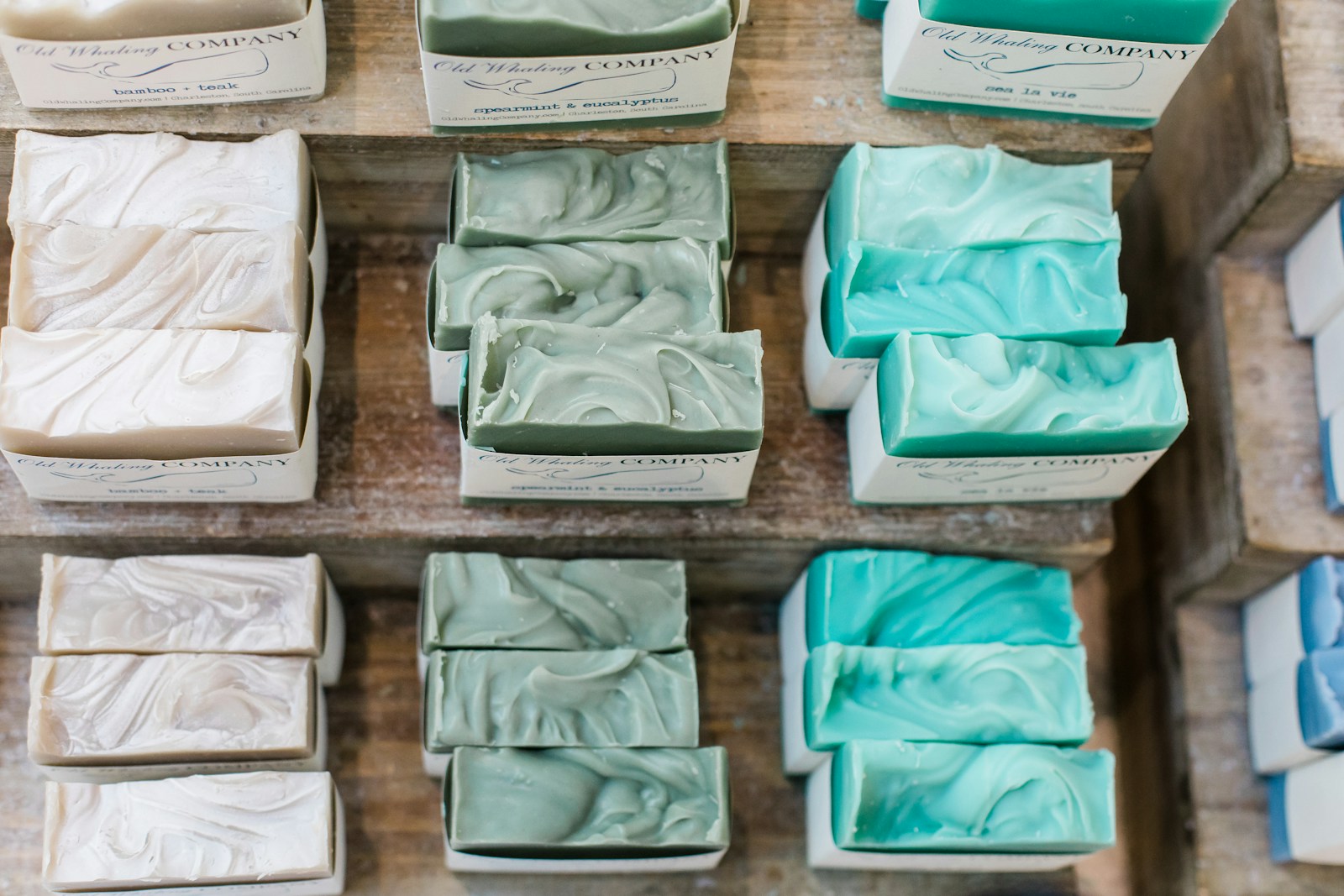Soap making is a fun and rewarding hobby that allows you to create your own unique and personalized soaps. Whether you are a beginner or an experienced soap maker, there are always new techniques and ideas to explore in the world of soap making. In this guide, we will dive into the world of soap making and provide you with tips and tricks to help you create beautiful and fragrant soaps.
One of the first things to consider when making soap is the type of soap base you want to use. There are several options available, including melt and pour soap base, cold process soap base, and hot process soap base. Melt and pour soap base is a great option for beginners, as it is easy to work with and does not require the use of lye. Cold process soap making involves mixing oils and lye to create soap from scratch, while hot process soap making uses heat to speed up the saponification process.
When choosing a scent for your soap, the possibilities are endless. From floral and fruity scents to earthy and herbal fragrances, there is a scent for every preference. Essential oils are a popular choice for adding fragrance to soap, as they are natural and offer a wide range of scents to choose from. You can also experiment with fragrance oils, which are synthetic but offer a wider variety of scents to play with.
To create a scented soap, simply add a few drops of your chosen fragrance to the melted soap base before pouring it into molds. Be sure to mix the fragrance in thoroughly to ensure that it is evenly distributed throughout the soap. You can also add dried herbs, flower petals, or exfoliating ingredients like oatmeal or coffee grounds to give your soap a unique look and feel.
When it comes to coloring your soap, there are a variety of options to choose from. Natural colorants like clays, herbs, and spices can be used to give your soap a subtle hue, while mica powders and liquid soap dyes offer vibrant and bold colors. Be sure to mix the colorant in well to prevent streaks or uneven coloring in your soap.
Once you have poured your soap into molds and added any additional ingredients, allow it to cool and harden for at least 24 hours before unmolding. Depending on the type of soap base you used, you may need to cure your soap for several weeks before it is ready to use. Cold process soap typically requires a longer curing time, while melt and pour soap can be used immediately.
In conclusion, soap making is a versatile and creative hobby that allows you to customize your soap to suit your preferences. Whether you prefer scented soap, unscented soap, or soap with added ingredients like herbs and exfoliants, the possibilities are endless. By following this guide and experimenting with different techniques and ingredients, you can create beautiful and fragrant soaps that are truly one-of-a-kind. So, why not dive into the world of soap making and unleash your creativity today?




